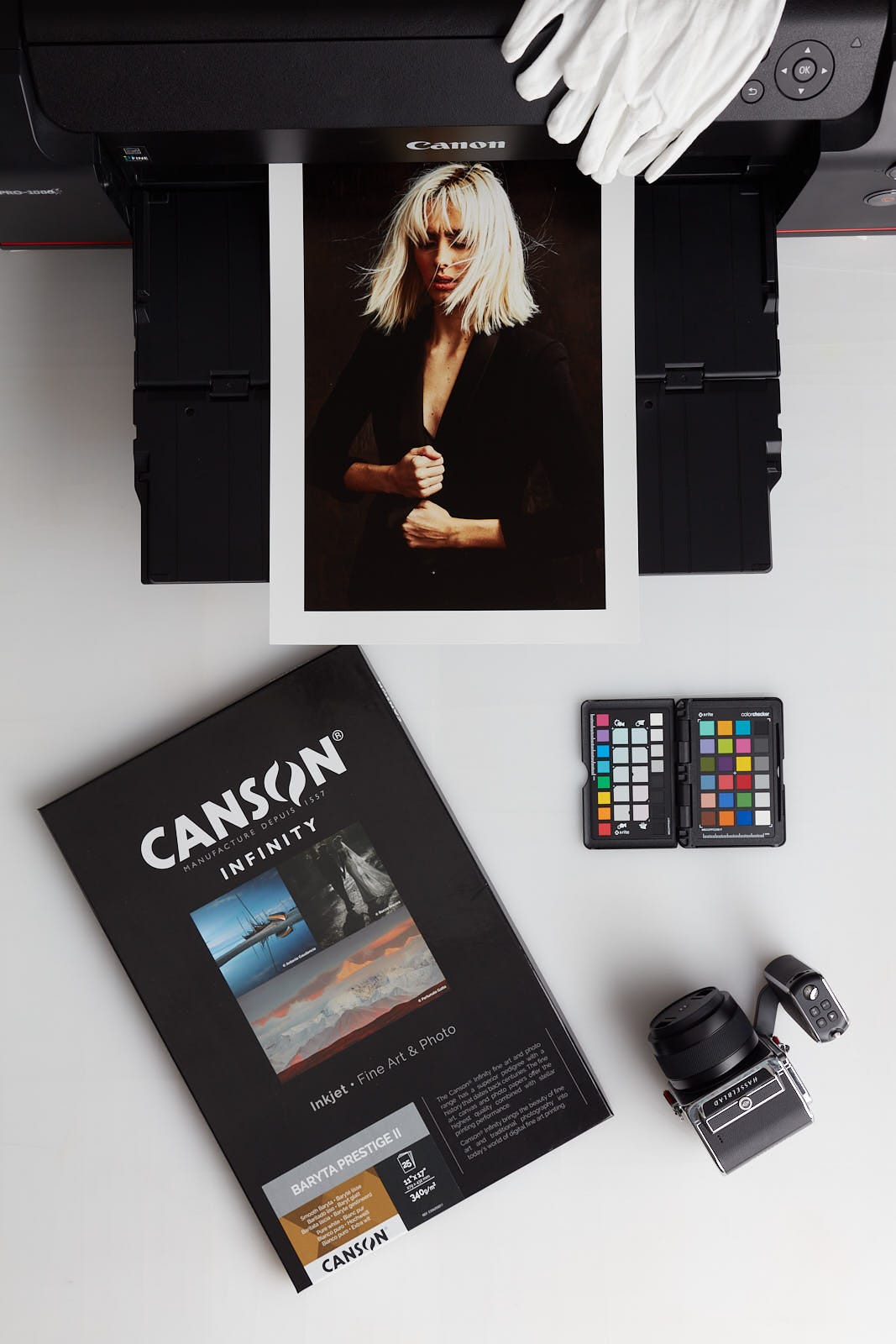Technology Risk & Contingency
Why it took forever to publish our first baryta paper comparison
If you’ve been making prints for a while I’m sure you’ve had vexing problems, endless frustration, and disappointment with unexplainable output. If you haven’t you will. Stay calm, read on, laugh at our folly and hubris, and above all take a look at your printing environment.
We announced our intent to publish a comparison of the most popular baryta papers way back in July 2022. The first comparison was completed and published October 20th, 2022. I’d love to blame that huge delay on other endeavors, waiting on paper to arrive, or stringent laboratory processes that took weeks. The sad truth was that an inordinate amount of time was spent running down a technology issue.
We could have published sooner if the paper comparison was our only priority. The technology problem we uncovered affected the entire Adobe suite. It took time to determine that it was an Adobe printing problem but once we determined the source of the problem we had to make resolving it our absolute priority. Every hands-on workshop we offer is dependent on Adobe Lightroom working properly. It’s the lowest common denominator and what most photographers are familiar with.
For our printing, including the evaluation, we could have used another app to print. For our workshops that would not work. We had to figure out what was wrong, fix it, and have a game plan for how to handle workshop participant libraries that may not be readable on our “fixed” workstations.
Red Herrings & Blind Alleys
We were intimately familiar with the way Adobe updates that broke our printing environment manifested themselves. We even have a set of standard images we print that show them plain as day. We run a set of those with every update before every workshop.
This time was different. The typical breakage was so obvious we didn’t look closely when we ran our verification prints because there were no telltale signs recognizable from a mile away. Printing seemed to be okay with Juniper and Moab’s ICC profile. The Canson print looked wildly off in both skin tones and black and white neutrality.
We immediately jumped to the conclusion that the Canson ICC profile was horrifically flawed. We made our own. That made the problem worse! Jumping to another conclusion, we tried making the profile again. Same output. Of course, this was the first profile we ever made on a new computer, with a brand new OS version. You can probably guess that we spent quite a bit of time debugging the profiling software to no avail…
I’ll spare you the details but after endless confusion and varied results, we made a brilliant decision. “Hey, maybe the Juniper is off too, maybe it’s Adobe.” So we just ran the test prints again using Capture One. They were great, no issues. Just to be very, very, very sure, it happened we had a printing workstation that had not been updated for months. Fired that up, making sure the Adobe versions were old, ran the test prints, worked great. We saw the same results as Capture One produced.
We could now proceed with the baryta comparison, right? Wrong, we had to deal with the Adobe problem as it would have been a disaster in a workshop that was right around the corner.
Lessons Learned & Advice
I won’t go into any more sordid details on all the embarrassing missteps we made or relearned lessons or details of procedures we modified to be rock solid for our workshops. Instead, I’ll just provide a list of what everyone that uses any software that depends on a long, multi-vendor technology chain should do.
Make sure you have a rock-solid environment as a baseline through rigorous testing. If you have that now don’t change anything.
Keep a set of images you know what they should look like.
Make a print of those on the papers you regularly use. Keep them handy. I’d recommend one with skin tones, a full-scale black and white, and one with a huge gamut of color (from subtle to saturated of very varied hues, maybe even a large test chart).
Run some test prints every time your environment changes in any way, even if not your full suite. Do this before committing to making expensive or important prints.
Know how to go backward for all of your software, OS, Adobe/LR/etc, printer drivers, etc. Test that to make sure.
Just as importantly know how to revert your libraries with minimum pain. Test that.
Do not make assumptions about what you think is the problem. Go back to where you knew you had a rock-solid printing environment.
Basic IT operations kind of stuff. We knew these things but instead of doing what we should have, we focused on yet another new variable, that Canson paper and its ICC profile without actually examining our baseline verification prints closely. We made an assumption any printing bug in Adobe would look similar and obvious as they did in the past.





Don't know what hardware you use, but should it be a Mac, may I suggest PrintTool from Roy Harrington? ( http://www.quadtonerip.com/html/QTRprinttool.html ) It completely bypasses any Adobe/Apple/Colorsync issues. I've been printing with it exclusively for many years now. That way, I know if there are any issues with my images, the fault is mine alone.
Was the Adobe problem limited to your install, or is it a wide spread issue we should know about?